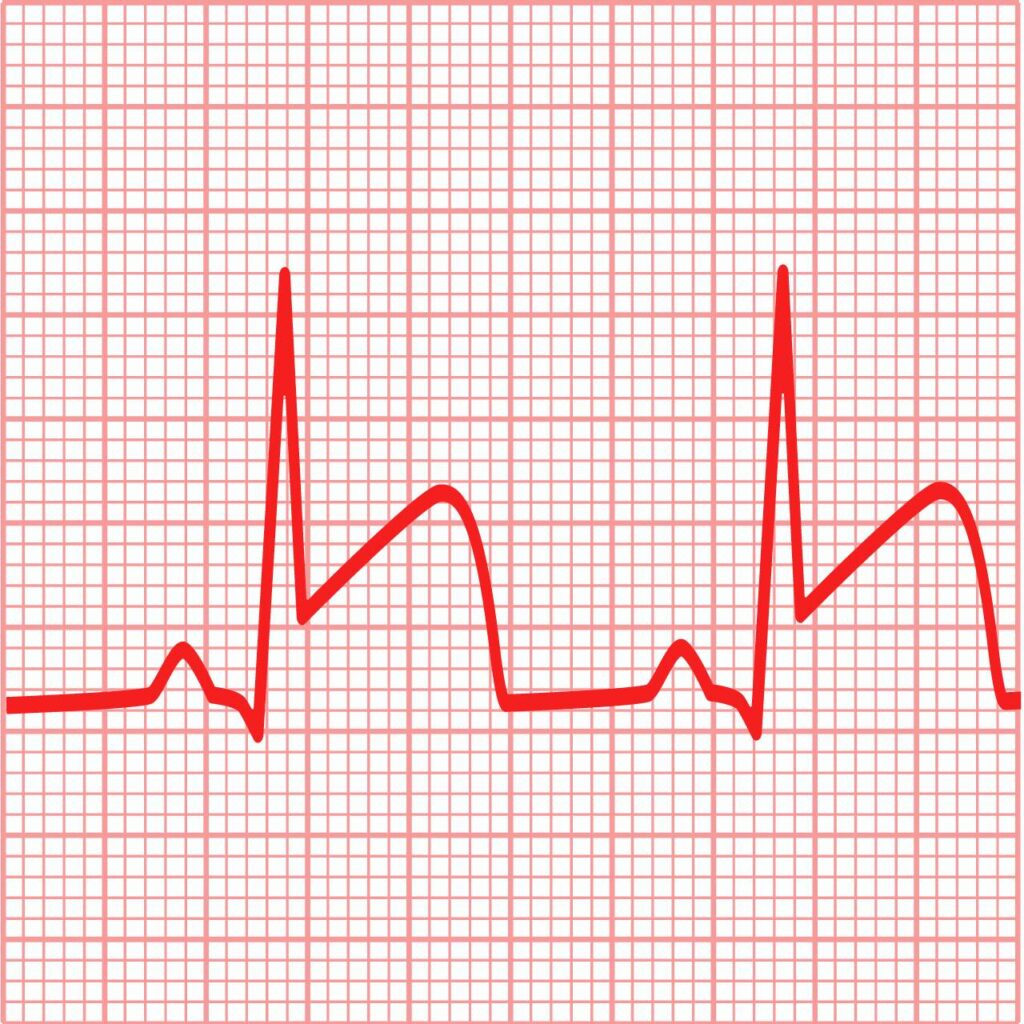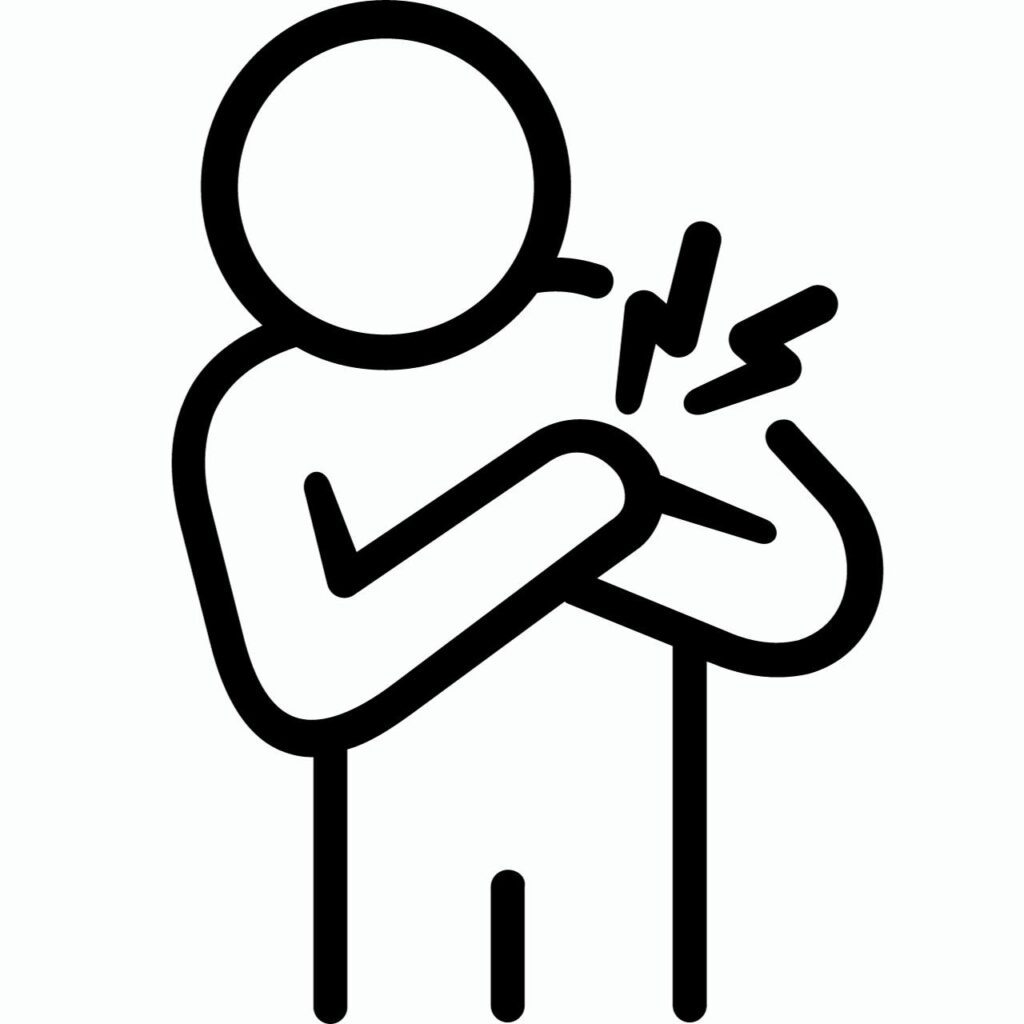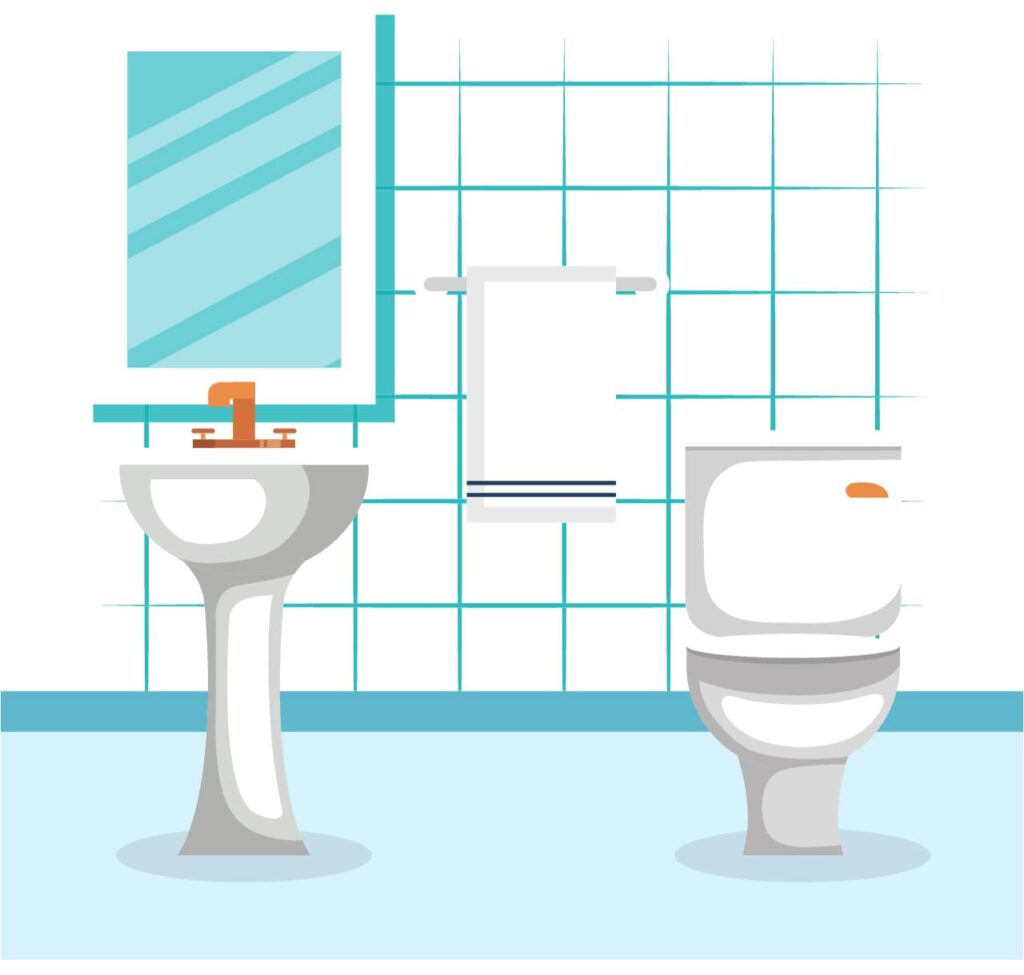Strokes and heart attacks, life-altering medical events, can strike at any time. Surprisingly, some of these incidents occur in the bathroom, sparking curiosity and concern. Could there be something about our bathing routines that triggers these life-threatening emergencies? In this article, we aim to unravel the enigma surrounding these bathroom emergencies by exploring factors like blood pressure, bathing sequences, and temperature variations. Let’s delve into the reasons why these critical health events might transpire within the confines of a bathroom.
First, it’s essential to understand the fundamental disparities between these medical crises:
1. Heart Attack: A heart attack typically ensues when a blockage impedes blood flow to the heart, often due to an artery blockage, resulting in a circulatory problem.
2. Cardiac Arrest: In contrast, a cardiac arrest is an electrical anomaly where the heart unexpectedly ceases to beat. This abrupt interruption prevents the heart from effectively pumping blood to the brain and other body parts, causing an abrupt loss of consciousness.
3. Stroke: Strokes materialize when blood flow to a specific brain area is halted, depriving the related brain cells of the necessary oxygen and glucose, leading to an array of complications.
Now, let’s embark on our exploration of why these emergencies seem to have a penchant for bathrooms:

1. Toilet Strain: Heart attacks that occur during bathroom activities, particularly during defecation, can frequently be attributed to the unnatural sitting posture adopted while using the toilet. Excessive straining can adversely affect the cardiovascular system, potentially causing syncope (temporary loss of consciousness) or, in severe cases, fatalities. The act of straining can significantly lower blood pressure, limiting the heart’s blood supply. When sitting toilets are used, which often necessitate more straining, the risk increases.
2. Abrupt Blood Pressure Fluctuations: For individuals grappling with high blood pressure, it’s imperative to consider the sequence of bathing, water temperature, and even the season. Exposure to sudden cold water can lead to a surge in sympathetic tone and a rapid drop in skin temperature, which can elevate blood pressure. Interestingly, early morning hours, when many engage in bathroom activities and take showers, pose a heightened risk for those with high blood pressure. Bathing routines can prompt sudden changes in blood pressure, potentially instigating ischemia—a lack of blood supply—in cerebral blood vessels, thus increasing the risk of a stroke, heart attack, or cardiac arrest.
3. Sequenced Bathing: The order in which different body parts are wet during a bath or shower can also impact the risk. Many individuals have the habit of wetting their head and hair first. Unfortunately, this practice forces the body to acclimatize to a new temperature too swiftly, creating pressure that could lead to the rupture of arteries or capillaries.
4. Water Temperature: The temperature of the bathing water is a critical factor. Intriguingly, incidents such as strokes, heart attacks, or cardiac arrests in the bathroom occur more frequently in winter than in summer. The abrupt temperature contrast between the bathwater and the body can lead to rapid changes in blood pressure.
In Conclusion:
These events, be they strokes, heart attacks, or cardiac arrests, are unpredictable and can affect anyone at any time. While recognizing their symptoms and reacting swiftly is essential, a preventive approach is just as crucial. By embracing a healthy lifestyle, managing blood pressure, and understanding the risks associated with bathroom activities, we can mitigate the chances of encountering these unanticipated emergencies. Vigilance, awareness, and a few lifestyle adjustments can go a long way in safeguarding our well-being and the well-being of our loved ones. Stay informed, stay vigilant!



















What do you think?
It is nice to know your opinion. Leave a comment.